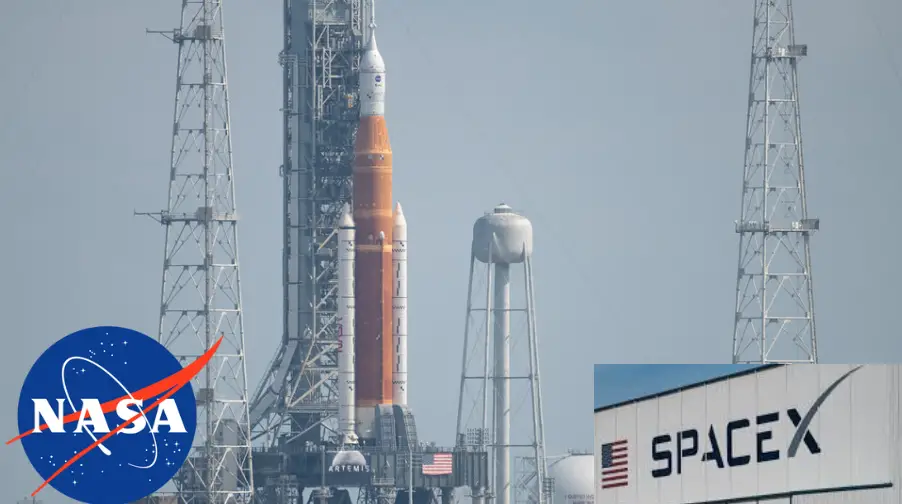As tempting as it is to be cynical and say that we all should have seen this coming, I am genuinely surprised that Artemis 1 is not on its way to the moon at the time of writing this. It’s easy to criticize the SL technology, and we’ve certainly done so. Let’s discuss it. We expected that after 11 years of development and 20 billion dollars spent, SLS would at least be able to get its payload into orbit without this frustrating cycle of finding problems and fixing them, then finding more problems and fixing them, then finding more problems and fixing them, then finding even more problems and fixing them, then coming back to the old problem that we thought we fixed and discovering that it remains a problem that hasn’t been resolved. The SLs core stage for Artemis ii is already in the final assembly process at Boeing’s manufacturing facility in New Orleans, according to a NASA space flight article published in August. If the SLS design has any inherent flaws, they won’t be fixed any time soon.
The structural assembly of the core stage for Artemis iii is complete on four out of five main elements, and the engine structure for Artemis iv has already been constructed. We know that Boeing is contracted to provide 10 SLSC core stages to Nasa, with an option for 10 more after that, which is mind-boggling when you stop to think about it. The core stage is so large that it must be floated in on a barge after being built in Louisiana and tested at the Stennis Space Center in Mississippi. The RS-25 engines are manufactured by Aerojet Rocketdyne in California. The engines used for the first few SLS flights are leftovers from the shuttle program, but Aerojet Rocketdyne has already resumed production for future SLS launches. The two side boosters are manufactured by Northrop Grumman in Utah and must be transported to Florida on freight trains regardless. The SLS and Artemis programs have set decades’ worth of manufacturing work in motion before a single successful test has been conducted, which seems insane. Also, just wanted to let you know about our discord server. We have over 1500 members and host regular live watch parties within the community.
We have some big events coming up for the first starship launch, Artemis launch, and Tesla AI Day. So if you haven’t already, please join our discord server using the link in the description. Consequently, this kind of makes you ponder Considering what we’ve observed over the past week, does NASA expect SLS to function? Is the Artemis program truly about returning to the moon, or is it merely a scheme to keep America’s legacy aerospace companies in business as long as possible? Do they even care about returning to the moon, or are they merely interested in getting as much money as possible before the bubble bursts? I discovered another interview with a former NASA administrator. This is Charles Bolden, who served as the agency’s chief administrator from 2009 to 2017. This is what he disclosed to Politico in September 2020. SLs will be phased out, possibly during the next biden administration or the next Trump administration, because commercial entities will eventually develop a heavy lift launch vehicle similar to SLs that they will be able to fly for much less money than NASA can with SLs.
SpaceX has built eight super heavy booster prototypes in less than two years and 25 starships in less than three years. As of today, the latest versions of that ship and booster are deep in static fire engine testing and final preparations for a launch attempt. China has a proven track record of developing and launching new rocket designs over the past decade. They’ve produced so many variations of the long march that it’s hard to keep up. Currently, they’re on long march 8. Long March 9 is on the horizon, and if all goes according to plan, it will surpass the SLS by a significant margin. What do you anticipate will happen to SLs?
![]()
